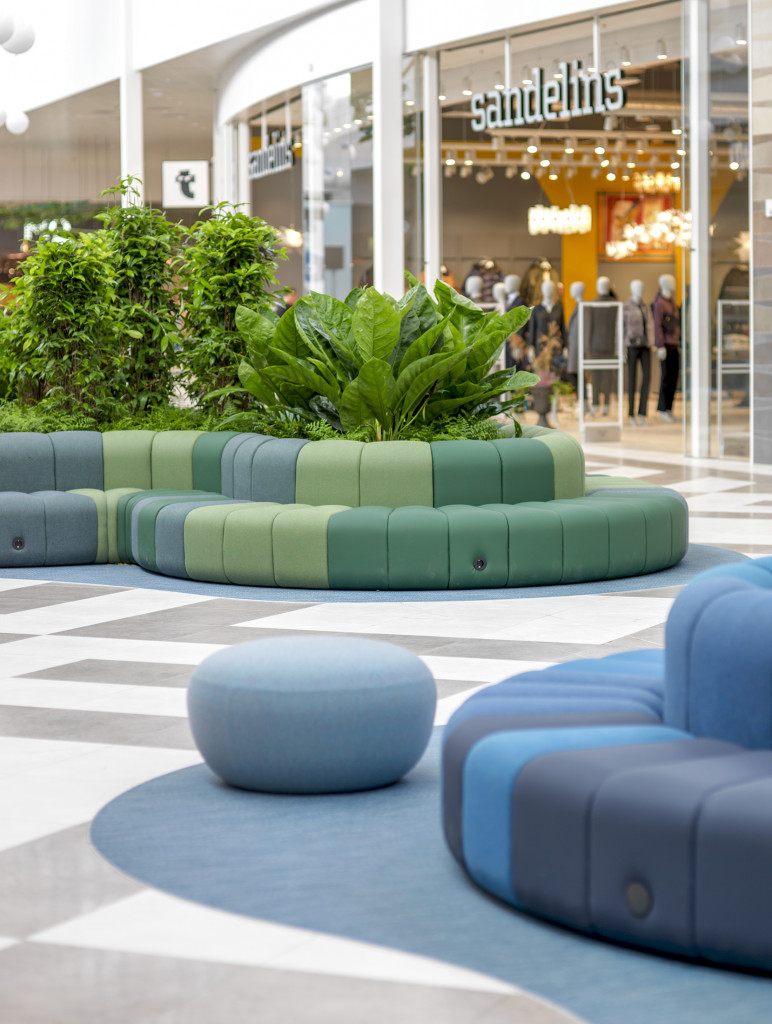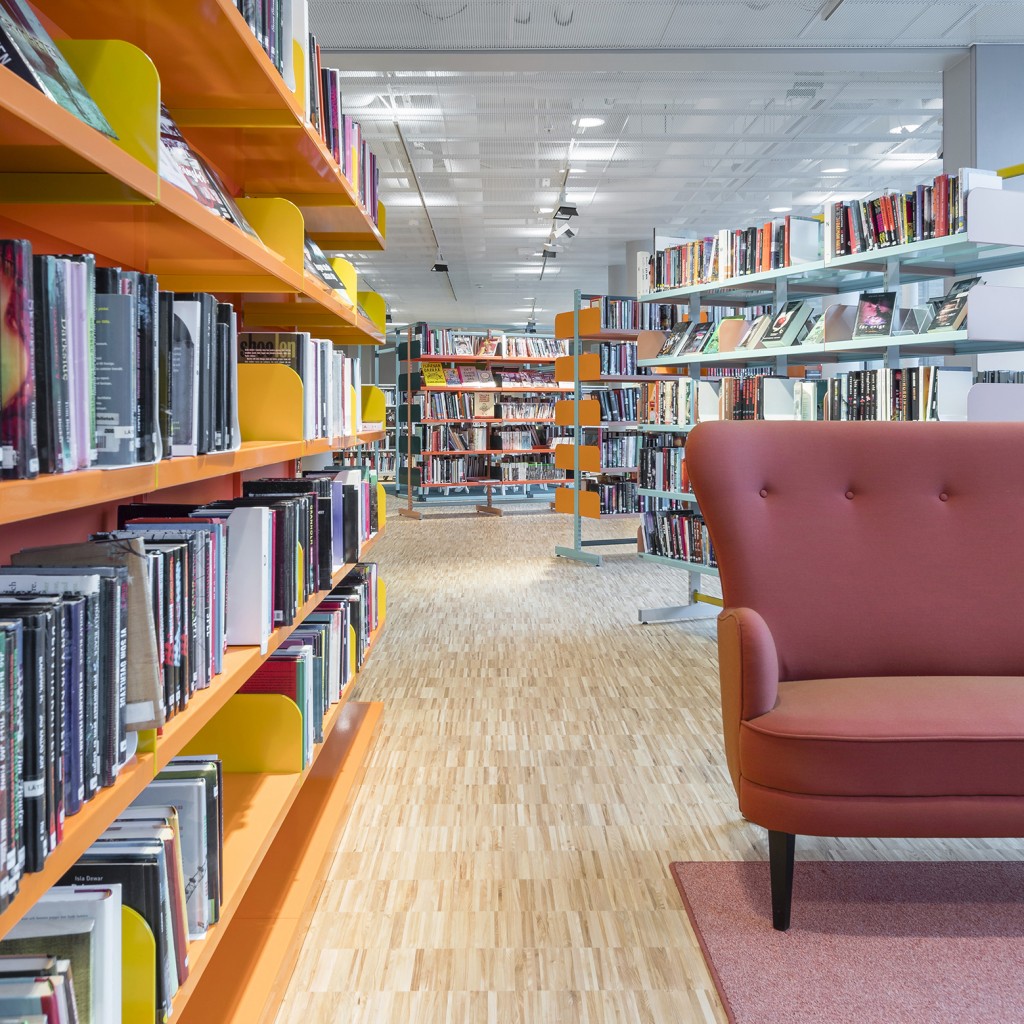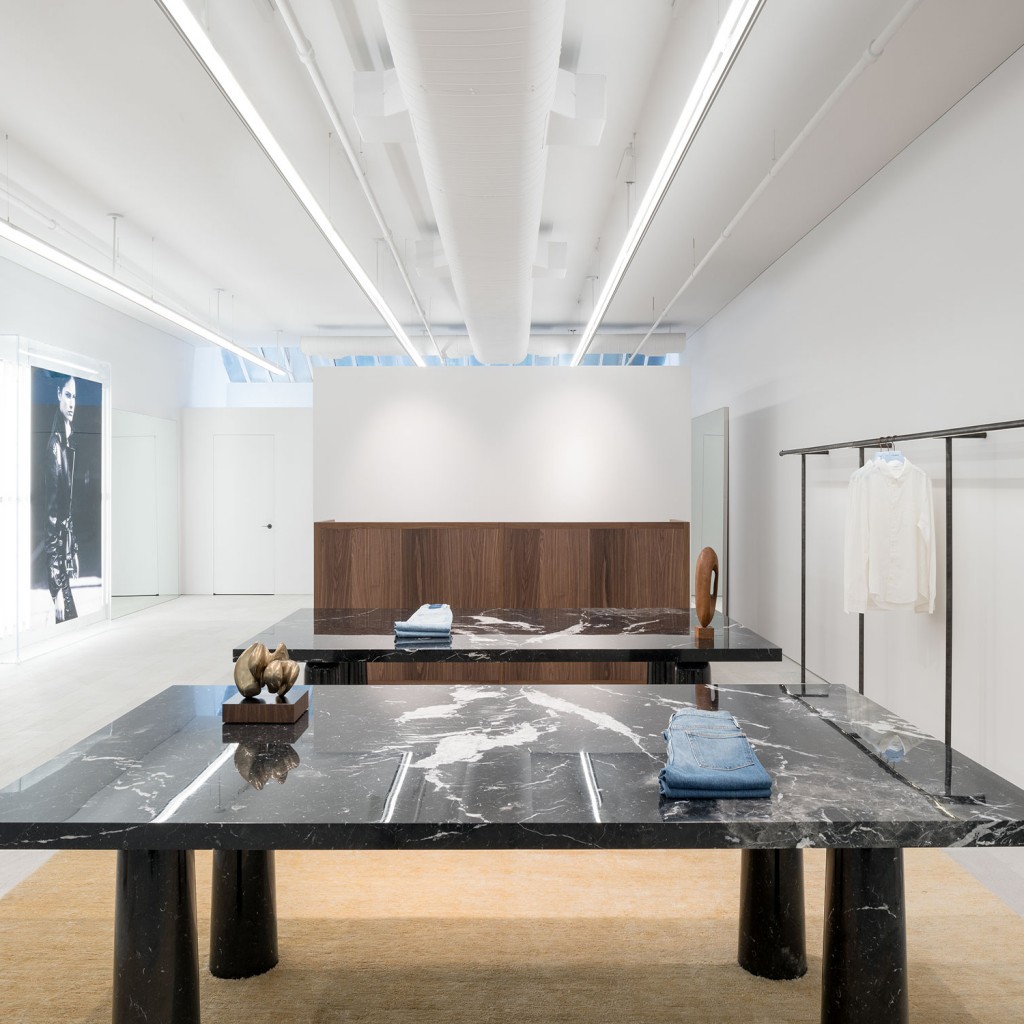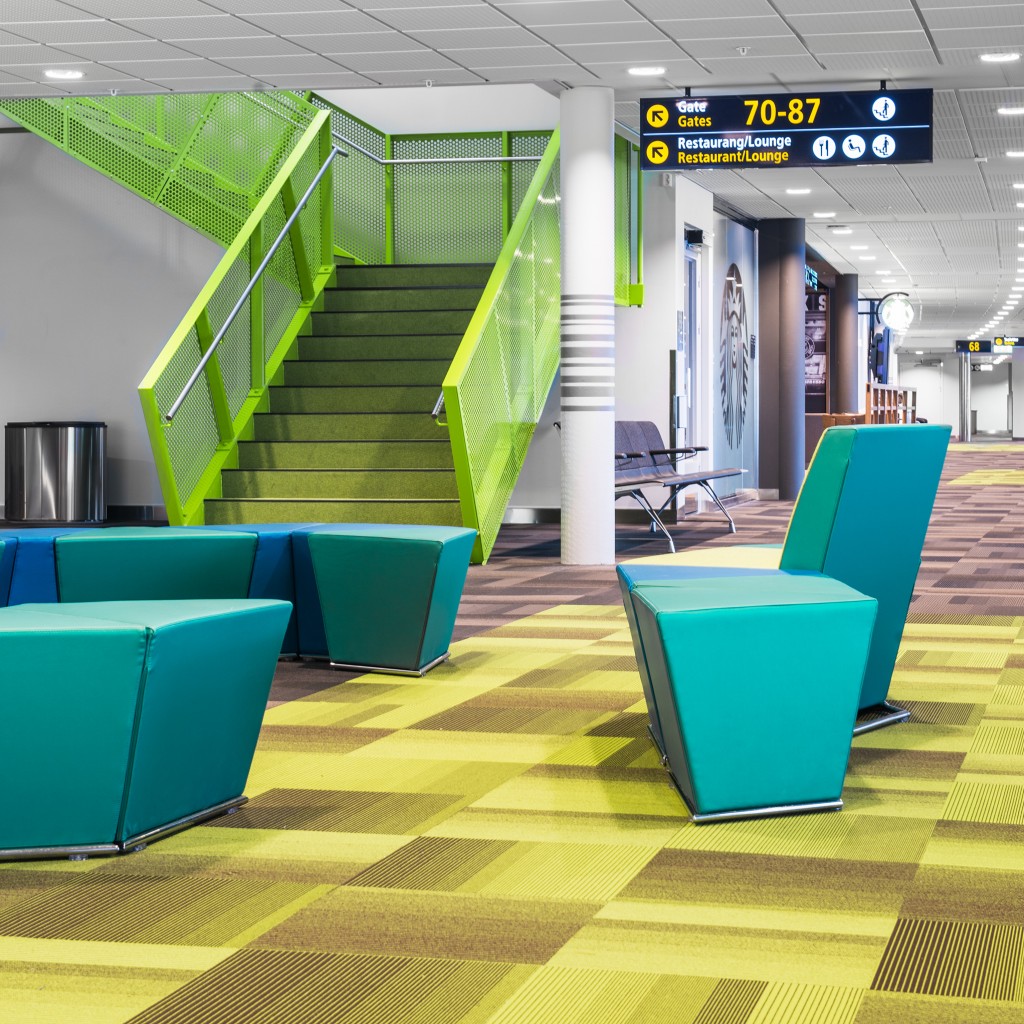Nasjonalmuseet

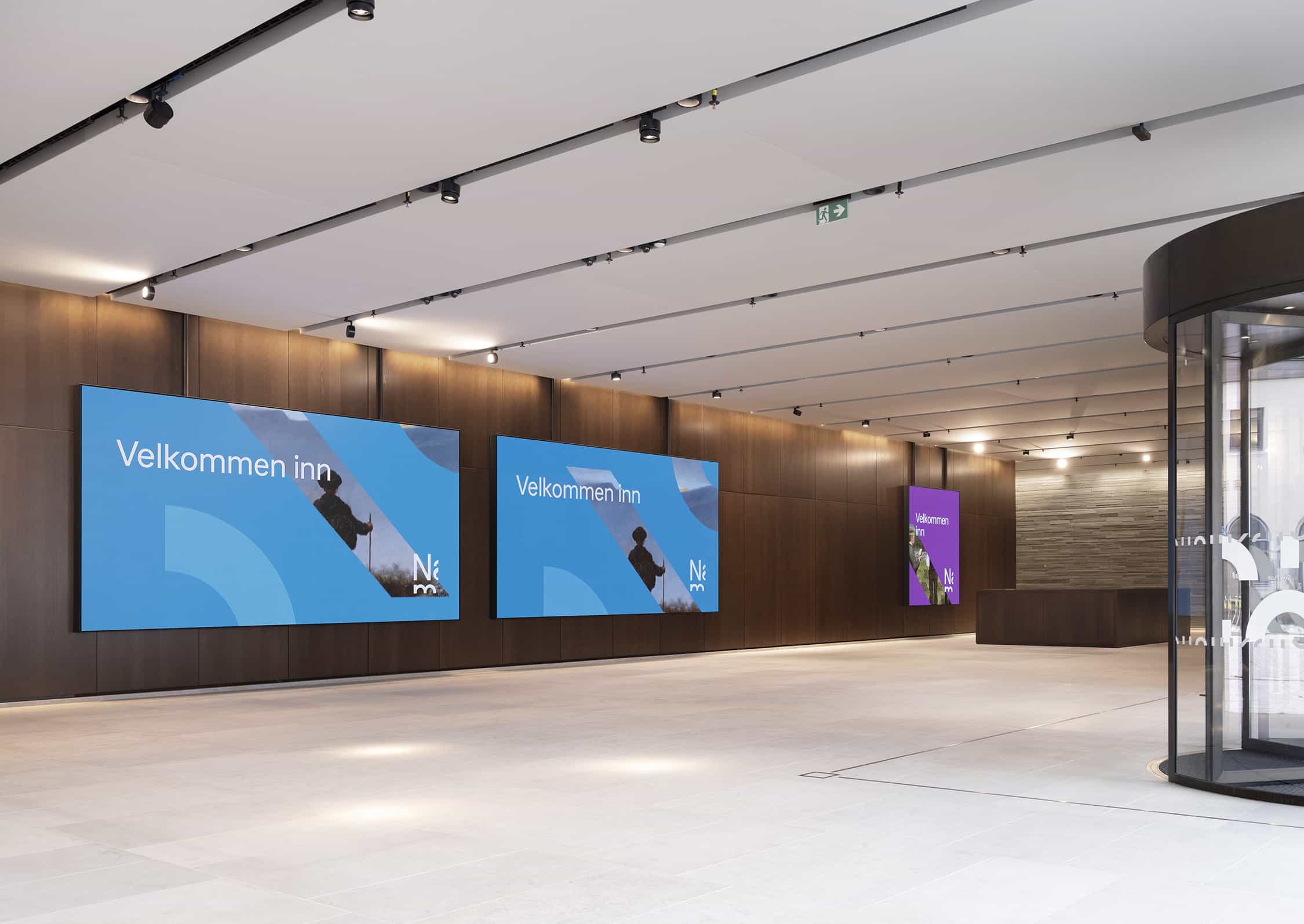
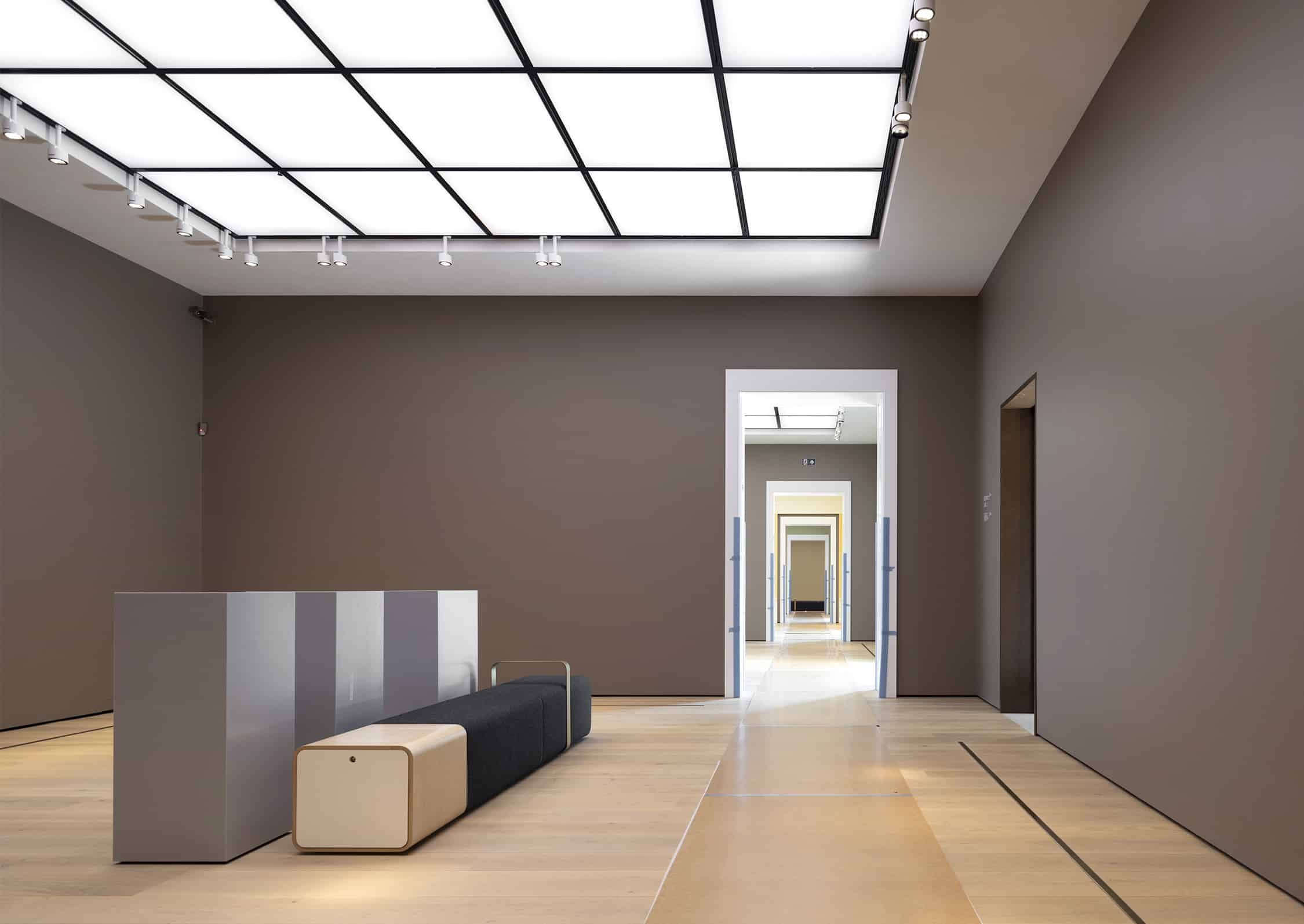
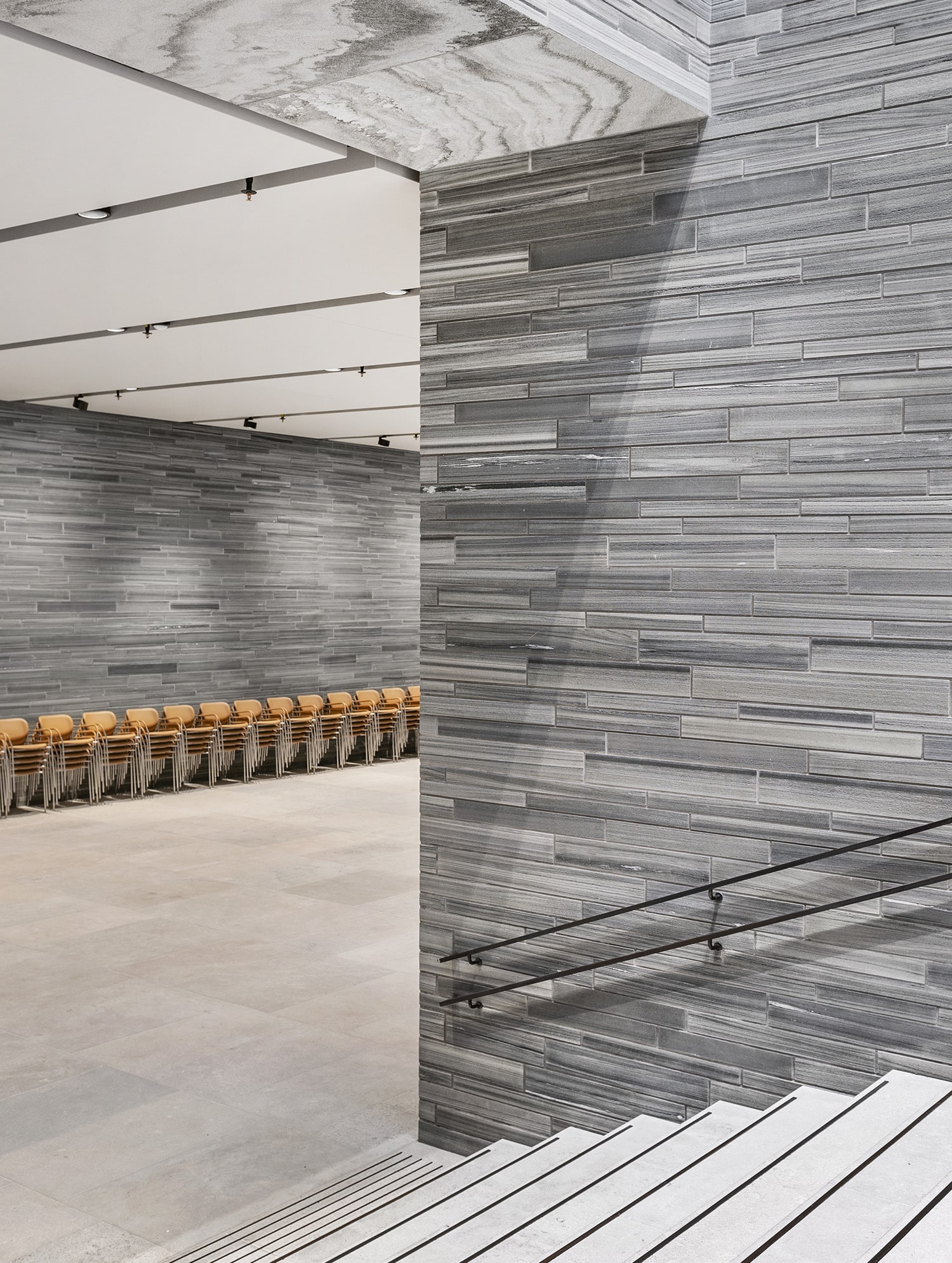
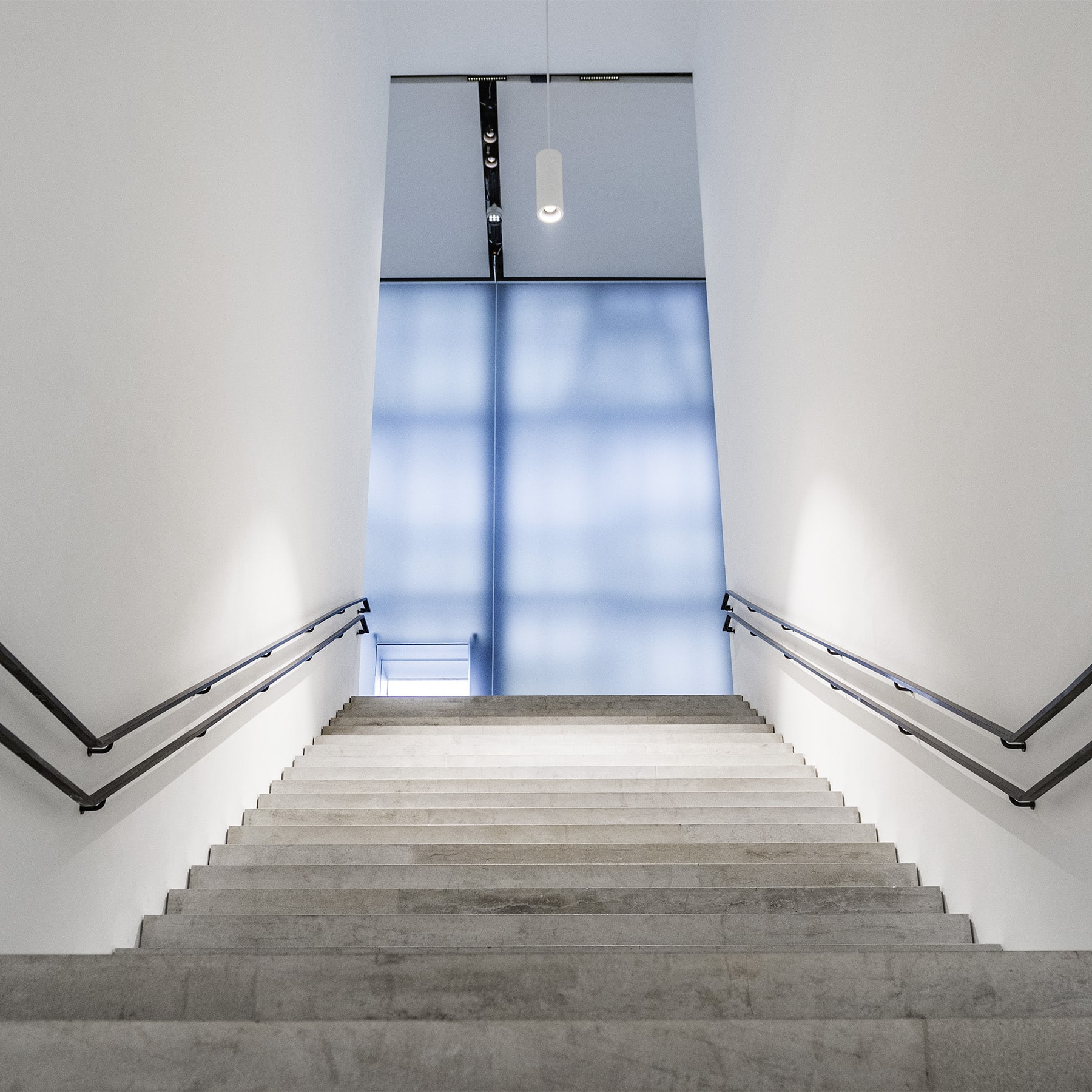
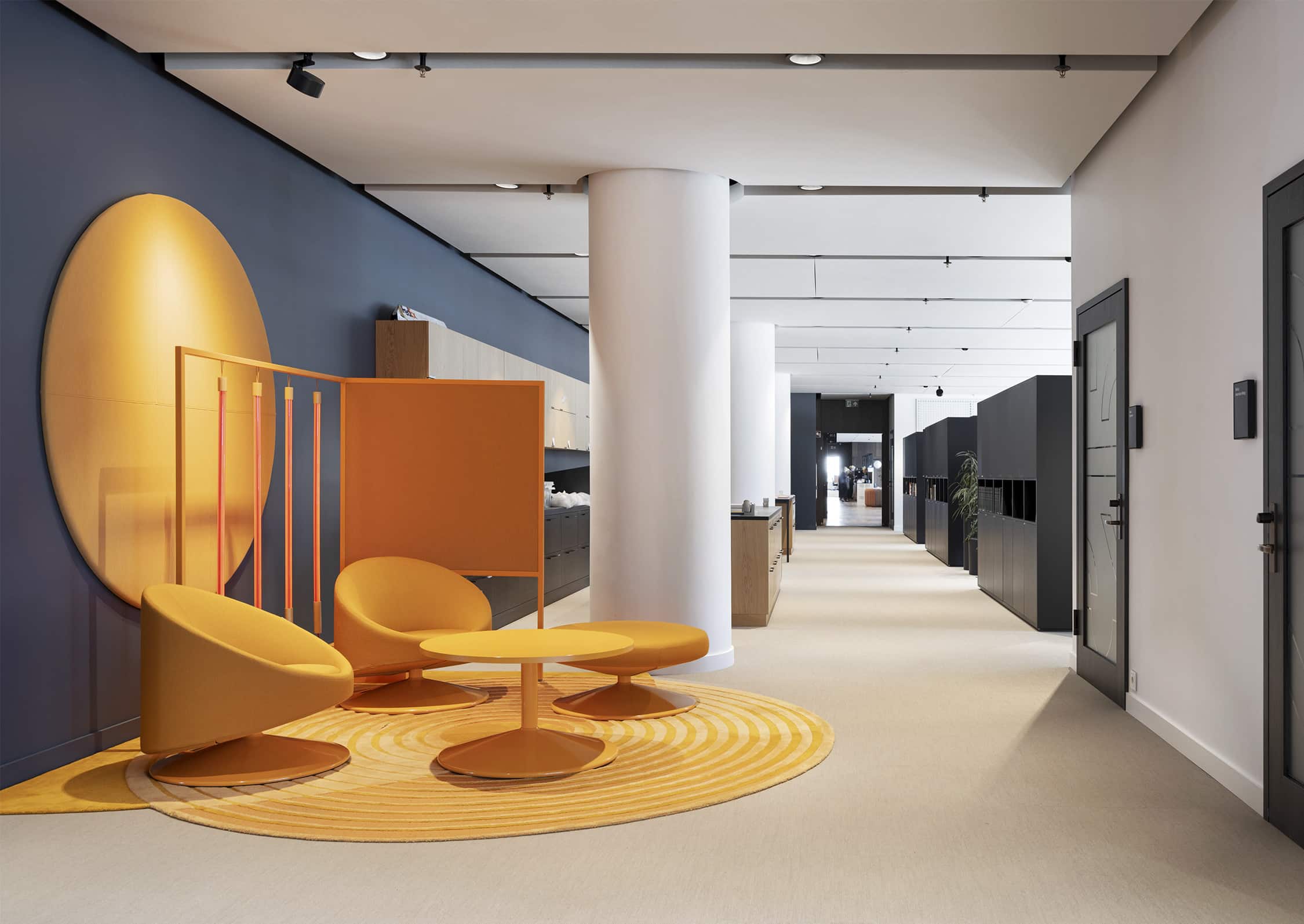
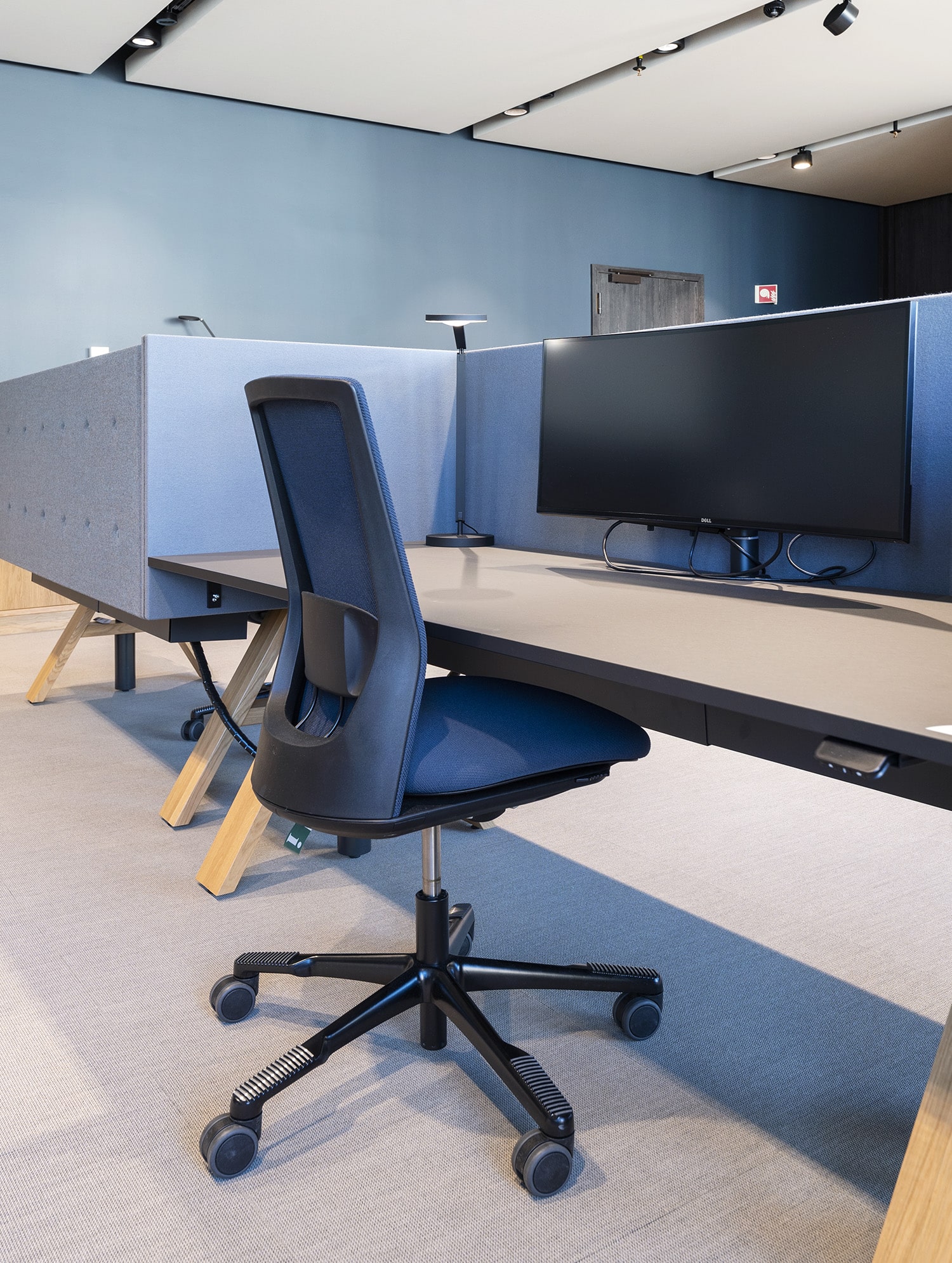



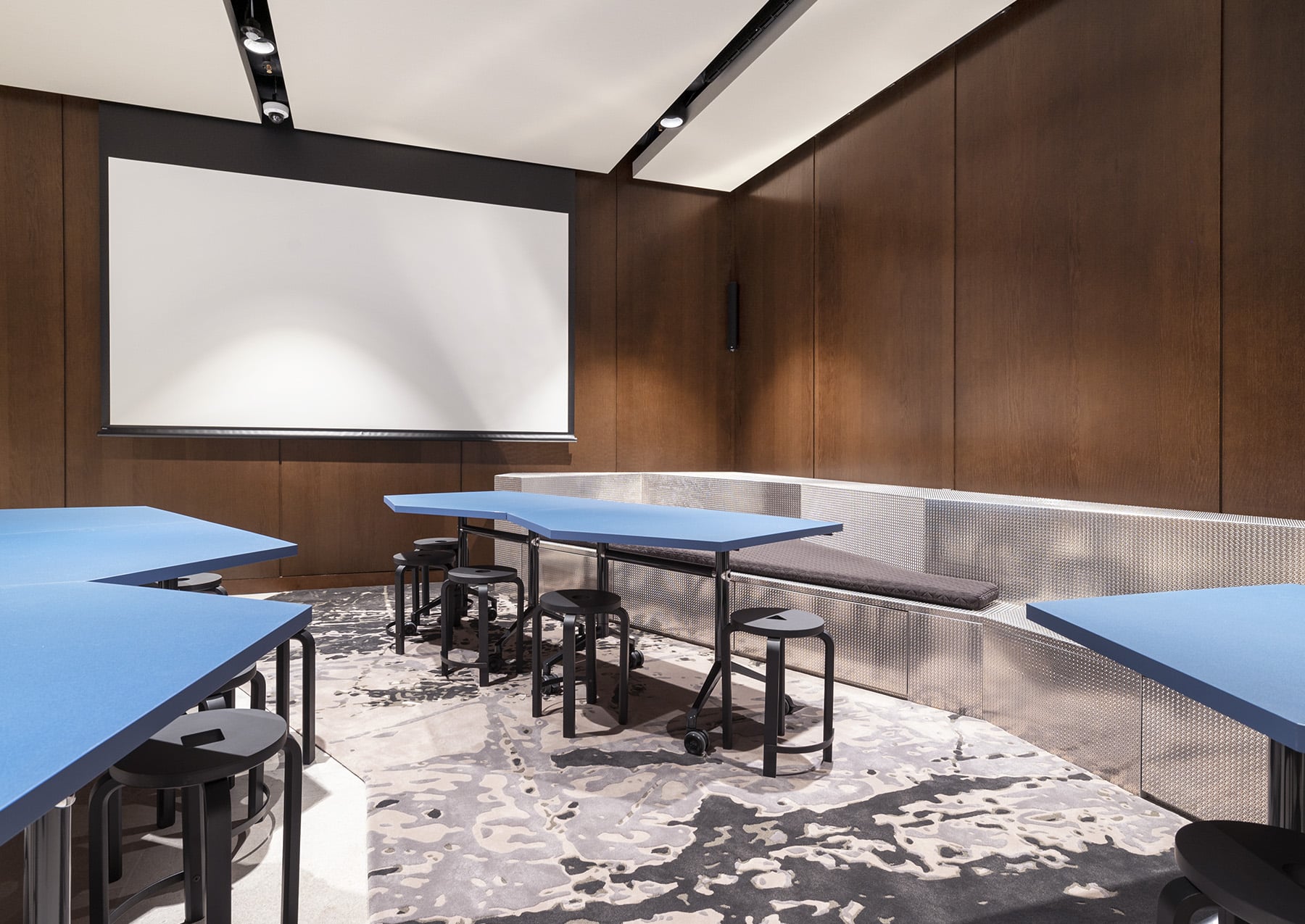
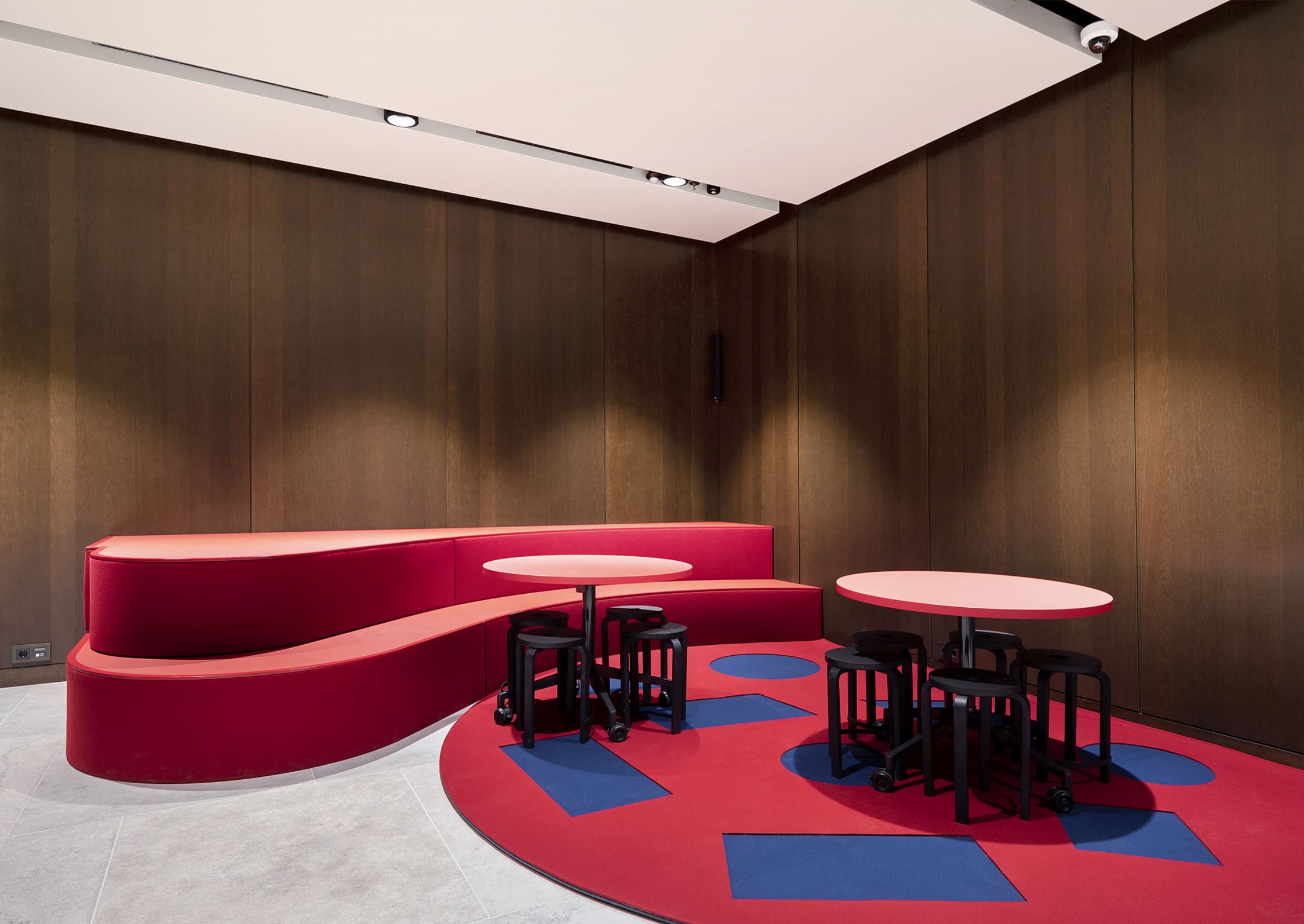
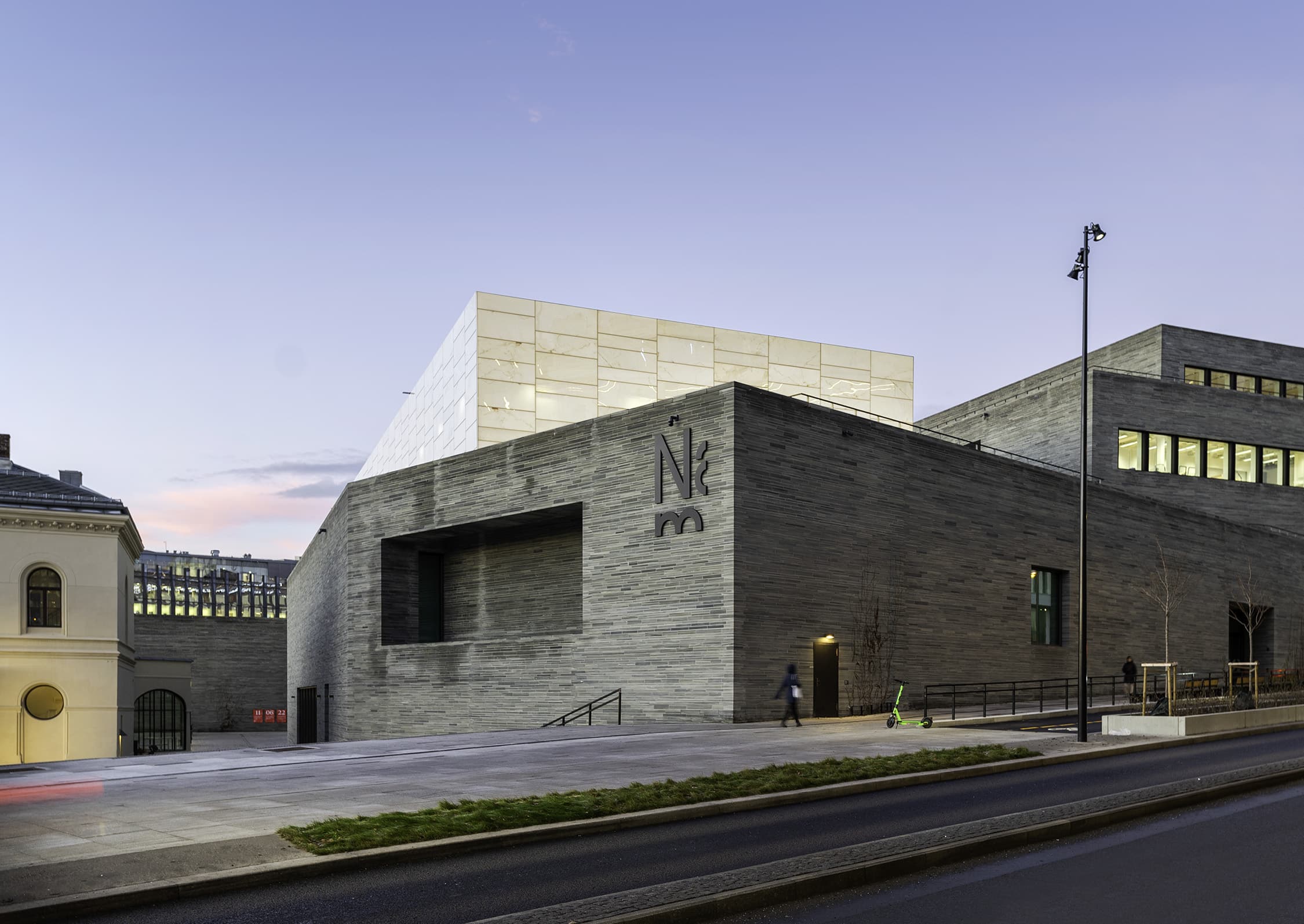
Almost ten years after the Norwegian Storting approved the plans, the new National Museum in Oslo is now ready to open. The largest art museum in the Nordic countries is an impressive landmark and a centre for art, architecture and design in Norway.
At the heart of the urban landscape, amidst some of Oslo’s most prominent architectural structures, stands the new National Museum. The Nobel Peace Center, Akershus Fortress and Oslo City Hall are all local neighbours to this five-story building beside the Oslofjord.
The National Gallery, the Museum of Contemporary Art, the Museum of Decorative Arts and Design and the National Museum – Architecture have been colocated, and the new museum will display pieces and works from the various collections under one roof. Annual visitor numbers of 750,000 are expected and the 90 or so exhibition spaces can display over 5,000 pieces at the same time. These will include Edvard Munch’s world-renowned painting ‘The Scream’ and one of Vincent van Gogh’s final self-portraits.
The new museum is a cultural building of rarely seen magnitude. With a total area that extends over 54,000 m2 the art museum will be the largest venue of its kind in the Nordic region. The slate façade with a 130-metre- long rooftop light hall exhibition space will make it an eye-catching building for both local residents and tourists in the harbour area.
Shaping cultural history
Design will not only be on show in the public areas of the building; every part of the structure will deliver high-quality architecture. The building has been designed by German architectural firms Kleihues and Schuwerk together with Dyrvik Arkitekter. The interiors of the administrative areas of the building – including offices, workshops, conservation rooms and creative spaces for booked activities – have been designed by Norwegian interior architects Cadi and Kaels.
“As participants in this project, we got to be involved in creating design history. The museum houses Norwegian cultural heritage, with works to be exhibited and restored. All the rooms and spaces in the building have been designed to make the art accessible and to provide a modern setting for visitors,” explains Morten Kaels, lead interior architect from Kaels Studio.
The vision of an international-standard museum has been made possible through close collaboration between the National Museum, Cadi and Kaels. The Norwegian government’s building commissioner, property manager and developer Statsbygg is the client, and Input interior is the principal supplier of furniture and interior furnishings for the project.
“This is a cultural building that will be a permanent feature of the cityscape for several hundred years to come and we are honoured to play a part in delivering that. Creating custom-made work environments has been our top priority and so, among other things, we have brought the project group and the interior architects along on factory visits to follow up on details in production. As a result, we have come up with specially adapted solutions for the National Museum,” says Knut Herman Otterbech, project manager from Input interior.
Jon Geir Placht, Project Director at the National Museum, is highly satisfied with the results.
“As a museum, we had some very specific needs, and functionality has been a constant focus throughout the process. The interior architects, together with Input interior, helped us to develop solutions that support our way of working.”
Mindful and sustainable choices
Norwegian design and unique material choices have been a recurring theme in the design of the building. The façade is clad with slate from Klevanbruddet quarry, south of Oppdal, and a large percentage of the interior elements come from national producers.
“This is Norway’s foremost arena for art, architecture and design. Consequently, we have focused on working with domestic manufacturers and designers, which is also positive in terms of sustainability,” says Cadi’s lead interior architect Kaja Kosonen Geiran.
Statsbygg has actively worked on reducing climate impact. Local heating and cooling using the fjord, low-carbon concrete, and a new system for selection of interior products have proven successful from an ecological perspective.
“The interior architects together with the project’s environmental advisor created a system for evaluating climate footprint and quality through tracing of components and materials. We were asked to map supply chains so we could follow every component of a product, right down to the nuts and bolts, in order to see how and where they were put together. Statsbygg had a high level of ambition with regard to the environment in all elements of the project, including the interiors, and this system was key in enabling purchasing of ecologically sustainable products,” explains Knut Herman Otterbech.
Interior that unites
Both offices and more practically oriented workspaces, such as carpentry and other workshops, and conservation rooms, have been specially designed for the building. Ensuring cohesion through every element of the project has been one of the major challenges in designing an inclusive workplace.
“Design studio Metric Design developed a graphic profile using a palette made up of five colours. We have picked up the colours from this palette and used them for new furniture and interior furnishings to give the building a uniform look. For one thing, we have incorporated the colours into the design of a unique series of trolleys used by the museum for a variety of functions. When these trolleys are moved between exhibition and conservation rooms, they also serve as portable design markers for the museum,” explains Kaja Kosonen Geiran.
Oak and limestone flooring, marble walls and bronze handles have been used throughout the museum’s interior, being materials that age well. With the purpose of linking together the construction materials and the individual interior furnishings, Cadi and Kaels produced an overall design guide.
Down the line it will serve as a governing document for the interior architects and Input interior, who will continue to develop the indoor environment at the new National Museum after it opens.
“The design guide will be a tool to ensure that any interior items added in the future agree with the building’s existing architecture. A variety of material styles are present in different parts of the building and the design guide ensures that the overall aesthetic will live on in the future,” continues Kaja Kosonen Geiran.
The new museum is a place where art, architecture and design come together under one roof. The new interior has been designed to facilitate work within the different art forms and straddling them.
“The mantra is that the entire building is a workplace, regardless of which segment of the operation an employee belongs to. All elements of the interior have been tied together, even if they are completely different, and we have done that to create a unified National Museum identity and facilitate activities,” says Morten Kaels.
Memorable meeting places
Most companies and public enterprises have meeting places for their employees. Few have meeting places like the National Museum. Here, the collection of iconic and historic furniture gets to play a leading role in the new office environments.
“We could easily have chosen ordinary tables and chairs, just like any other meeting room, to set up the meeting rooms. However, instead we consulted with the National Museum’s curators and selected furniture that represented specific periods in Norwegian design history and put it together to furnish meeting places,” says Morten.
Each meeting place has its own look, with a strong visual identity and basic themes ranging from the optimistic post-war era to modern-day environmental problems.
“The intention with these areas was both to supplement an open-plan work environment with private spaces, but also to highlight the National Museum as a design museum. The meeting places are very individual in their design, and each space features texts detailing the history behind the place,” continues Morten.
New encounters with art
The rooftop light hall at the National Museum is a specially designed exhibition space that will be the first of its kind. A thin layer of marble between two layers of glass forms the outer walls, specially chosen to give the façade a distinctive look. 9,000 energy-efficient LED lights will generate muted light through the walls both internally and externally.
The new National Museum project has also seen resources devoted to inspiring and engaging more children and young people to take an interest in art and culture. Efforts in this area focus not only on specially designed exhibition spaces and world-renowned works, but also practical activities involving different art forms.
“The National Museum’s vision is to create new art enthusiasts and part of our mandate has been, in collaboration with the museum’s directors, to equip workshops and studios to allow the public to get involved in activities. School classes will get to come along and create art and this will open up a whole different experience for visitors. Not just looking at art, but getting to be part of it,” says Kaja Kosonen Geiran.


